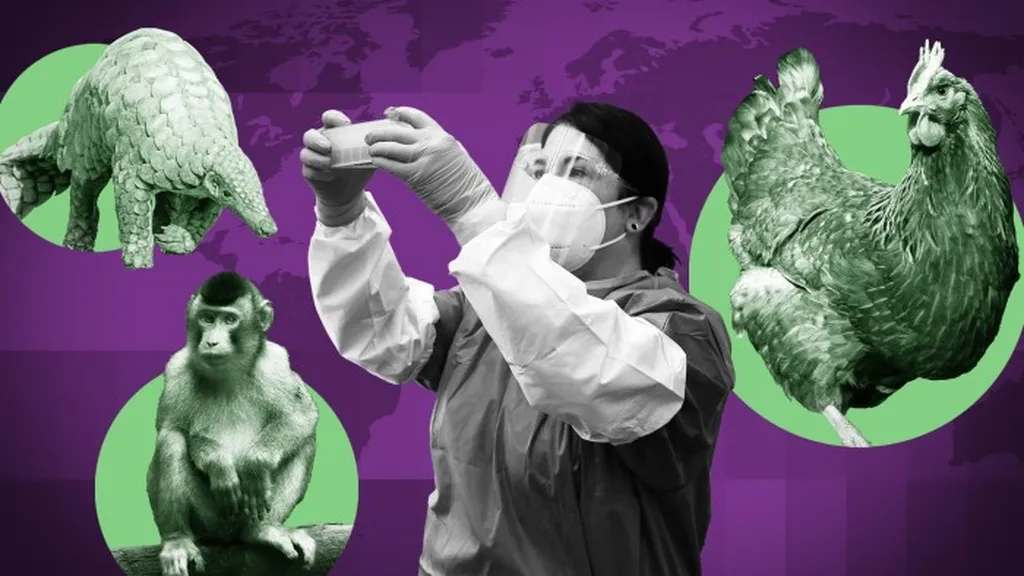In the realm of medical imaging and diagnostics, a groundbreaking development has emerged that could significantly enhance the capabilities of healthcare professionals, particularly in resource-constrained environments. Researchers have introduced LESS-Net, a lightweight, semi-supervised segmentation framework designed to accurately segment epistaxis, or nosebleeds, from endoscopic images. This innovation, published in *Frontiers in Physiology*, addresses critical challenges in medical imaging, including data scarcity and the difficulty of precise lesion delineation.
LESS-Net leverages a novel combination of consistency regularization and contrastive learning to effectively utilize unlabeled data, mitigating data distribution mismatches and class imbalance. The architecture incorporates an efficient MobileViT backbone and a multi-scale feature fusion module, which enhances segmentation accuracy beyond traditional methods. “Our model not only reduces the need for extensive labeled data but also outperforms existing models in accuracy and efficiency,” said lead author Mengzhen Lai from the College of Information Engineering at Sichuan Agricultural University.
The implications of this research extend beyond the medical field, offering potential benefits to the agriculture sector as well. In agritech, precise image segmentation is crucial for monitoring crop health, detecting diseases, and optimizing yields. The data-efficient approach of LESS-Net could revolutionize agricultural diagnostics by enabling accurate analysis with limited labeled data, a common challenge in rural and underserved areas.
Evaluated on a public Nasal Bleeding dataset, LESS-Net achieved impressive results. With only 50% of the data labeled, the model attained a mean Intersection over Union (mIoU) of 82.51%, a Dice coefficient of 75.62%, and a mean Recall of 92.12%. Remarkably, it reduced model parameters by 73.8%, making it a highly efficient solution. Even at extremely low label ratios of 25% and 5%, the framework demonstrated robust performance, surpassing competitor models trained with 100% labeled data.
The commercial impact of LESS-Net could be substantial. For agritech companies, the ability to deploy accurate and efficient image segmentation models could lead to significant cost savings and improved diagnostic capabilities. This could translate into better crop management, reduced waste, and increased productivity, ultimately benefiting farmers and the broader agricultural industry.
As the field of medical imaging continues to evolve, LESS-Net sets a new standard for data-efficient deep learning solutions. Its success highlights the potential of semi-supervised learning and contrastive learning techniques in addressing real-world challenges. “This framework not only enhances diagnostic capabilities but also paves the way for future developments in AI-driven healthcare and beyond,” Lai added.
The research published in *Frontiers in Physiology* by lead author Mengzhen Lai from the College of Information Engineering at Sichuan Agricultural University represents a significant step forward in the integration of advanced technologies into medical and agricultural practices. As the world grapples with the need for more efficient and accurate diagnostic tools, LESS-Net offers a promising solution that could reshape the future of healthcare and agriculture.

